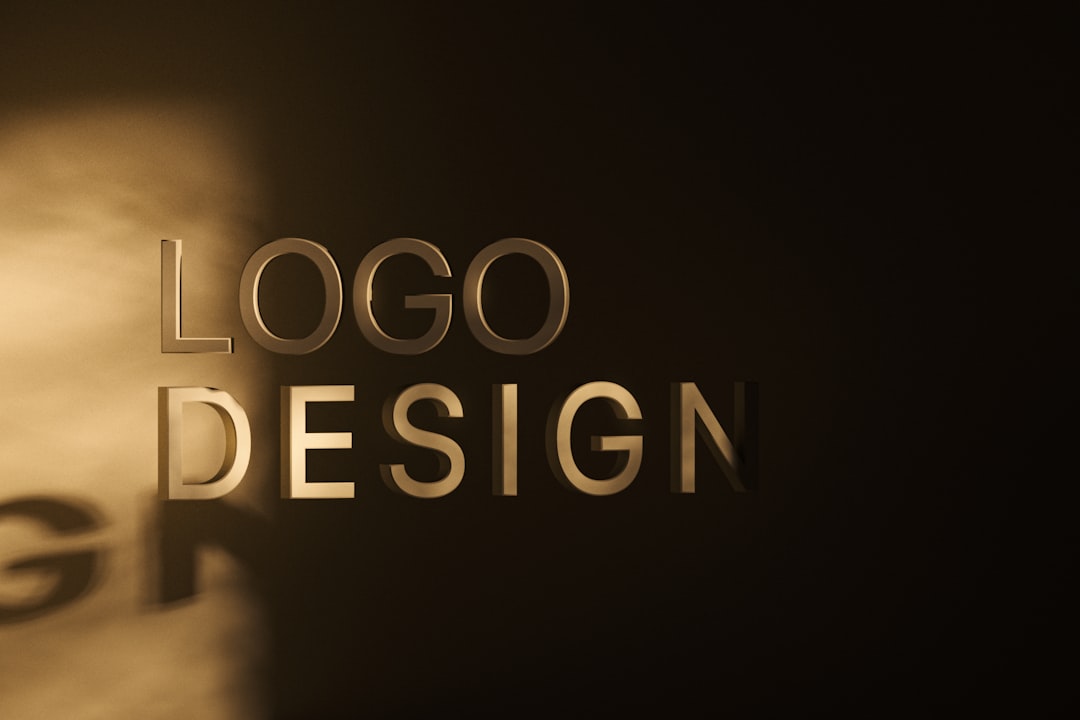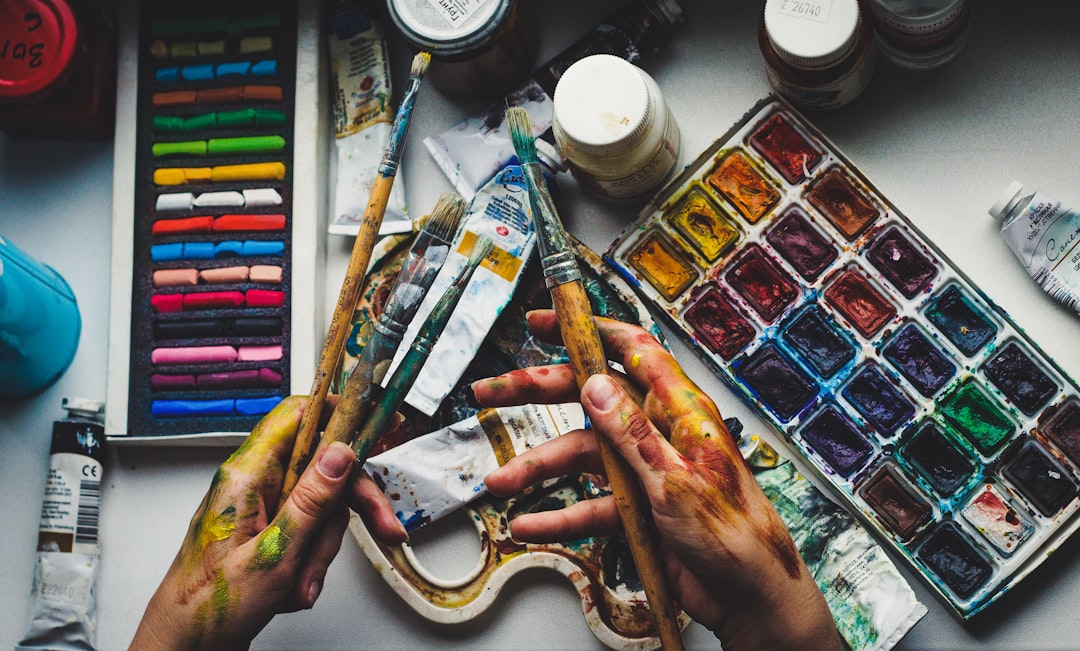Artificial Intelligence has permeated nearly every sector of modern life, but one of the most headline-grabbing applications is in the field of image generation. Tools such as DALL·E, Midjourney, Stable Diffusion, and others allow anyone with a prompt to generate photo-realistic or artistic images within seconds. As exciting as this technological leap is, it also challenges longstanding principles of copyright, intellectual property, and creative ownership.
Artists, developers, legal experts, and platform regulators are now faced with a crucial question: Who owns AI-generated images? The answer is far from simple and is rapidly evolving. Let’s break down what the new rules mean, the emerging trends, and how different stakeholders are adapting to the changing landscape of image copyright in the era of AI.
The Evolution of Image Copyright
Traditionally, copyright law has been designed to protect the creations of human authors and artists. Whether it’s a painting, photograph, or digital illustration, the moment a human creates something original, that creation is protected under copyright laws in most parts of the world. However, AI-generated images disrupt this foundation, because they are frequently created without direct human artistry in the conventional sense.
The U.S. Copyright Office has made clear distinctions in its approach. As of 2023, the office has ruled that content entirely generated by AI without human input does not qualify for copyright protection. The rationale? Copyright law, as currently written, protects the fruit of human creativity.

What Does This Mean for Users of AI Tools?
For users who create images using tools like Midjourney or similar AI-based platforms, this introduces a new sort of grey area. If you type a detailed prompt into an AI generator and receive a stunning output, do you own that image?
The answer depends on several factors:
- Level of Human Involvement: The more detailed the prompt and post-processing, the stronger the case for some level of authorship.
- Platform Terms of Service: Many AI platforms explicitly lay out in their user agreements who owns what. Some may grant you full commercial use rights, while others retain certain claims.
- Jurisdiction: Copyright regulations differ dramatically across countries, and the legal status of AI-generated content varies accordingly.
Interestingly, some experts argue that instead of focusing solely on authorship, we should also consider aspects like curation, selection, and refinement—processes where a human clearly shapes the final result, even if AI does the drawing.
Original Artists and Training Data
Another contentious front in AI image generation is the question of training data. Most AI art tools are trained on vast datasets scraped from the Internet, which often include copyrighted images created by established artists. This raises a chilling concern: Are AI tools inadvertently plagiarizing?
In several lawsuits, artists argue that their work has been appropriated without consent, which not only challenges copyright but also touches on ethical issues of consent and acknowledgment. Some companies claim that because these images are used for training rather than replication, they fall under “fair use” or data mining exceptions. However, this rationale has not yet been unanimously accepted in courts.
To navigate this, some platforms are taking proactive steps, such as:
- Removing formerly copyrighted training data from future AI models
- Offering opt-out systems for artists who don’t want their work used in training
- Creating models trained only on public domain or licensed images

How Are Copyright Offices Responding?
As AI continues to advance rapidly, regulatory bodies are playing catch-up. The U.S. Copyright Office is leading public discussions and soliciting opinions from the public and industry stakeholders. In 2023, they began issuing notices of inquiry, and their proposed revisions are expected to set major precedents.
Other jurisdictions, such as the U.K. and European Union, are taking diverse approaches. The EU’s proposed Artificial Intelligence Act calls for transparency in how data is used to train AI systems, and even requires the disclosure of copyrighted material used. Meanwhile, the U.K. introduced a controversial proposal to allow data mining for AI training across the board—which sparked severe backlash from artists’ groups and was eventually rescinded.
This sets up a legal landscape marked by:
- Jurisdictional discrepancies
- Uncertainty about future enforcement
- Ongoing negotiation between innovation and creators’ rights
Future-Proofing Creativity
Regardless of your role—be it artist, developer, marketer, or casual hobbyist—it’s important to stay informed and deliberate about how you use an AI image generator. Here are some practical guidelines:
- Always read the terms of service of the AI tool you use. Some tools grant full rights to users, while others do not allow commercial use.
- Consider originality. The more human contribution you provide in the process—such as editing, modifying, or combining multiple images—the more defensible your creations become.
- Avoid infringing prompts. Asking AI to create images “in the style of” a specific living artist can lead to legal and ethical trouble.
- Attribute when possible. Even if not legally required, giving credit to the tools or datasets when sharing AI-generated art is a good practice.
Emerging Licensing Models
One proposed solution is to revolutionize licensing altogether. Instead of traditional copyright-based frameworks, new systems are being proposed that recognize collaborative creativity between humans and machines. Blockchain technologies and smart contracts have also been introduced to enable transparency in ownership and rights.
NFTs (non-fungible tokens) briefly seemed to offer a way to assert ownership over digital art, including AI-generated works. However, they brought their own controversies and have somewhat receded in popularity. Still, the idea of establishing provenance—knowing who contributed what and how—remains crucial.
Some possible directions in this space include:
- AI co-authorship labels
- Attribution tracking via blockchain
- Public databases of ethically sourced training data
The Human-AI Creative Relationship
Perhaps the most enduring question is not just “Who owns the art?” but “What kind of art are we making with AI?” If AI is seen as just another tool—like Photoshop or a camera—then human input continues to be vital. If, however, we start to see AI as an independent artist or co-creator, then a much deeper philosophical and legal shift is required.
Some industry voices argue that this is a chance to rethink creativity itself. Instead of focusing solely on ownership, they advocate for a richer dialogue about value, intent, and impact. Nevertheless, in a commercial world, legal protection still plays a primary role in ensuring creators are rewarded and respected.
To that end, a global consensus is far from being reached, and the trajectory of AI and copyright remains a dynamic frontier.
Conclusion
AI-generated image copyright is more than a technical legal question—it’s a cultural, ethical, and creative challenge. As AI tools become more refined and widely adopted, it’s vital to develop frameworks that strike a balance between honoring artistic traditions and embracing transformative innovation.
No one path will suit all contexts, but an informed and ethical approach will be crucial for creators, users, and platforms alike. Whether you’re using AI to brainstorm ideas or to craft a commercial product, treating the process with responsibility can help shape a better ecosystem for all.
I’m Sophia, a front-end developer with a passion for JavaScript frameworks. I enjoy sharing tips and tricks for modern web development.
